7 Workouts to Match Your Fitness Goal
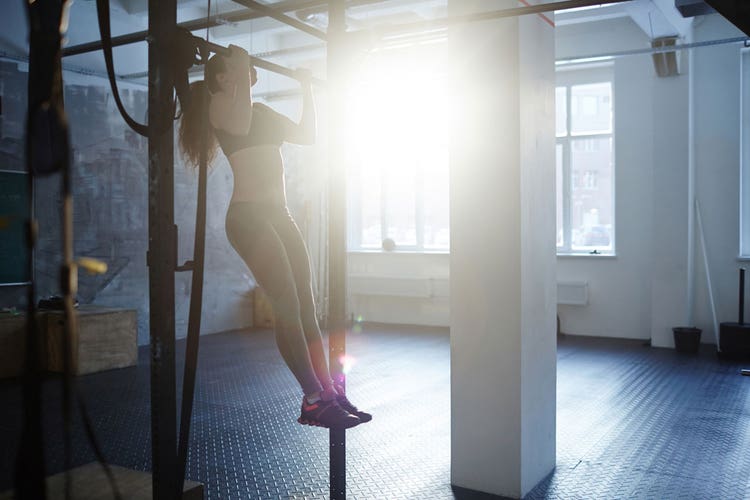
Even if you don’t believe in New Year’s resolutions, you probably secretly wish that 2019 is the year you finally lose weight, build muscle or put an end to those midnight ice cream binge sessions. Too many times, you’ve begun the new year resolved to make changes, only to slip in February, whether it’s because of work or home demands or simply lost motivation. Whatever your specific goal, we get it—it’s tough to follow through on fitness and nutrition goals.
Why will this year be different? You can benefit from the wise advice of Michol Dalcourt, founder and CEO of the Institute of Motion, a leader in movement science, a programming partner for 24 Hour Fitness and a regular contributor to 24Life. An internationally recognized expert on human movement and performance, Dalcourt has developed seven exclusive workouts for 24Life, each designed to meet different goals, from weight loss to muscle building.
Unlike so many routines you’ll encounter, Dalcourt’s are effective and based on movement science—not trends. Since each is unique, you can choose one that works for your own objectives and strengths and weaknesses. Forget extreme flavor-of-the-moment workouts, such as all HIIT all the time (which can lead to injury for many). What you will discover are routines featuring types of movement that might be new to you. Think of them as stretching your exercise IQ (along with your muscles).
Realistic workouts

Equally important, these workouts are realistic, largely because they factor in what Dalcourt calls “disruptors” (aka, obstacles to exercise or the reasons why life gets in the way of fitness). Disruptors can encompass your chronological age, training age (reflecting your years of training), injuries, relationship stress, mindset and time constraints. They are different for each individual, which Dalcourt fully understands. That’s why each workout (as written, for those with fewer disruptors) can be modified to suit the needs of anyone with more obstacles.
The good news is that the modifications included are not going to make your workout “less.” For example, fatigue—the thing that can make a workout disappointing or just out of the question—is more than just muscle fiber exhaustion. Your nervous system, hormones and environment all contribute. That means you can modify not only physical effort, but also the degree to which your workout taxes your nervous system, for example, by simplifying a compound movement. And of course, you can reduce your environmental stressors by moving your workout indoors or getting more sleep. None of these changes will undermine the benefits of your workout—instead, they will help you maximize your movement and calorie burn by reducing fatigue.
At the end of the day, Dalcourt says, workouts not only need to be effective, but they also need to be realistic and tailored to specific people. That way, you’ll stick with exercise and reap real, lasting results rather than disillusionment, frustration and injuries.
Read on for Dalcourt’s real-world guide to picking your ideal workout.
How to use this guide

How does this advice apply to you in the new year? First, think about your primary fitness goal, and assess your disruptors honestly. Then choose one of Dalcourt’s seven routines and modify as necessary. In general, the more disruptors or stress you have, the more modifications you’ll want to put in place. For instance, if you have a high-stress load, consider the Mobility and Flexibility sequence—a low-impact workout you can adapt based on your disruptors. Each workout includes specific modifications.
The seven workouts
Learn Dalcourt’s seven circuit training workouts and, in the next section, how to modify them. For best results, be sure to start and finish with his universal warm-up and cool-down sequences.
Warm-up/Cool-down
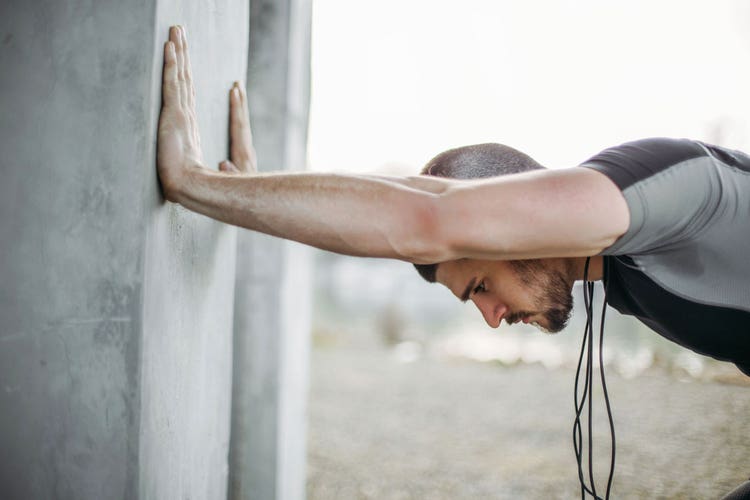
https://main--24life--hlxsites.hlx.page/fitness/2019/the-universal-warm-up-and-cool-down
The warm-up sequence activates your tissues and nervous system, while the cool-down starts repair and recovery for results—and a great workout the next time you do one.
Weight Loss
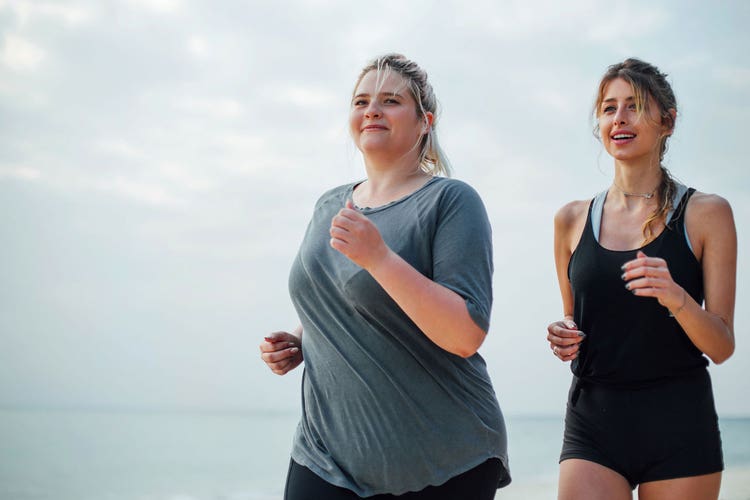
https://main--24life--hlxsites.hlx.page/fitness/2019/workout-weight-loss
Featuring resistance training, this workout factors in calories burned during and after exercise (the afterburn).
Feel Better

https://main--24life--hlxsites.hlx.page/fitness/2019/workout-feel-better
This workout incorporates varied movements so you increase mobility (in multiple scenarios) and avoid repetitive stress injuries.
Tone and Shape
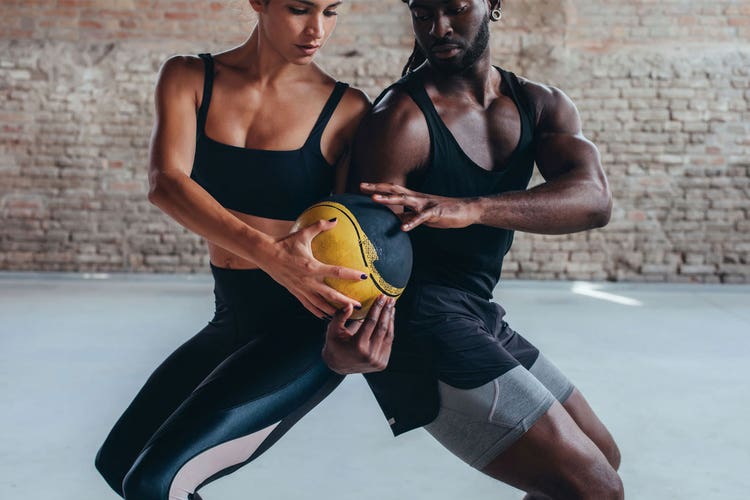
https://main--24life--hlxsites.hlx.page/fitness/2019/workout-tone-and-shape
To burn body fat and increase muscle mass, this routine begins with a full-body warm-up. It then segues to circuits pairing up specific areas of the body with metabolic stations, increasing calorie burn.
Build Muscle Mass

https://main--24life--hlxsites.hlx.page/fitness/2019/workout-build-muscle
The root of increasing mass? Overtaxing muscles, which triggers an acute inflammatory response, which then spurs the creation of protein. Do this with supersets, targeting specific areas of the body and repeating these programs over and over.
The downside to this strategy of localized stress? Repetitive stress injuries, such as tendonitis. For this workout, Dalcourt explains that recovery (plus moves to strengthen joints and mobility) is particularly essential.
Perform Well

https://main--24life--hlxsites.hlx.page/fitness/2019/workout-perform-well-and-even-beat-that-pr
The aim of this workout—which incorporates resistance, body weight and endurance—is to increase the efficiency of body movement. Ultimately, the less energy you use on competition day, the better your performance outcome.
Movement and Mastery
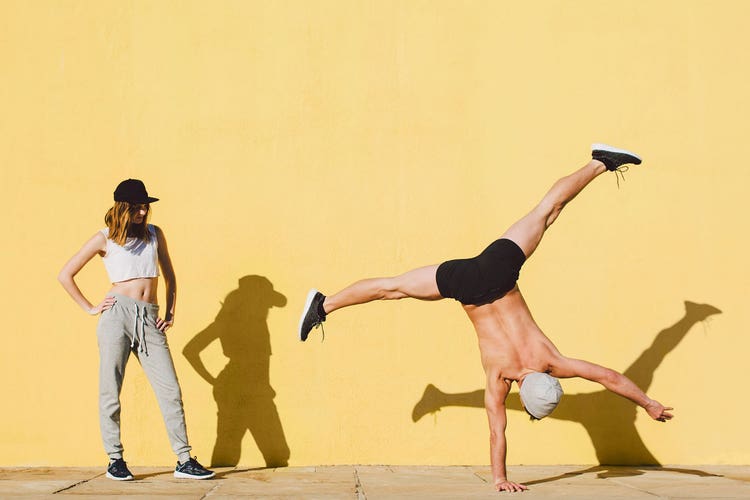
This workout, with plenty of variability, strengthens joints and trains the nervous system to handle all forms of movement, even under loads or in odd positions.
Mobility and Flexibility

https://main--24life--hlxsites.hlx.page/fitness/2019/workout-boost-mobility-and-flexibility
Here, the goal is to possess complete motor control and stability across the full range of motion. Since this spectrum includes the end range (where we typically get hurt), this workout incorporates loaded mobility and odd positions.
Get the most from your workout

Of course, achieving your fitness goals involves more than just exercise. Here, Dalcourt outlines some of his top tips for fitness and health.
Respect recovery
Rather than viewing rest times as weakness, Dalcourt explains that recovery is a key component of fitness because it helps us avoid injury and maintain our movement over time, not just in the short term. “You’re not achieving less by recovering more,” he says. “Recovery is the key ingredient, and we can manipulate it so that we can get a better outcome of the session.”
To add recovery, change the ratio of work-to-rest times, adding more rest between circuits. When doing this, Dalcourt counsels, we should not follow “one-size-fits-all” advice, such as: Work out for 30 seconds, then rest 10 seconds, then repeat. Such a strategy might offer too little recovery for some and not be sustainable. Instead, consider your own unique capabilities and needs.
How can you tell when you need to build in more recovery time? Sleep might be broken, cravings for high-sugar foods might rise or you might feel malaise. Injury at the start of a new regimen is another indicator of a need for recovery and/or downgrading a plan. Abandoning a plan altogether could be a sign that it was unrealistic or unsustainable.

Have a healthy mindset
Aim for broad fitness goals that are realistic and healthy. “[With fitness], the enjoyment needs to be high and the performance something to be proud of,” Dalcourt says. “That’s a win. You don’t have to be on the podium every time. It’s about making small strides in improvement and understanding that it’s you against yourself, not you competing with everybody else.”
Control your environment
Relying on (limited) willpower is difficult, Dalcourt says. Like a muscle, willpower fatigues. Instead, control your surroundings, which will automatically drive behavioral changes. That way, better choices will be easier and almost automatic. For instance, if your goal is to stop binging on ice cream, don’t keep any pints at home. If your freezer is empty of treats, you’ll need to leave your home to get your fix—which presents a barrier to that habit. If you’re heading to the grocery store anyway, eat beforehand. That way, no hunger pangs will lead you to make that purchase. “Look for opportunities to scrub your environment so that healthy choices become easier and unhealthy choices become harder,” he says.

Start small
Begin with small, doable habits (such as 15-minute walks daily), which are easier to maintain long term. Then repeat them over and over. Stacked habits turn into rituals, which then become part of your identity.
“Once this happens, rituals are sacrosanct and unbreakable because they are who you are,” Dalcourt says. “For instance, then, you are a person who eats, trains or behaves a certain way.”
That said, be patient, Dalcourt advises. “Habit-stacking is a process, and it takes years to create a new identity.”
Final thoughts

“Whether you’re an amateur athlete, a professional athlete, a fitness enthusiast or someone who just wants to play with their kids,” Dalcourt says, “I think we all want to age well and have command over the only thing that we can control: our body.” So think long term and opt for sustainable and realistic strategies.
Video credit: Petrunine world studio, Shutterstock
Photo credit: shironosov, iStock; Marija Jovovic, iStock; Marija Jovovic, iStock; SFIO CRACHO, Adobe Stock; bernardbodo, Adobe Stock; adrian, Unsplash; ashtproductions, Adobe Stock; monkeybusinessimages, iStock